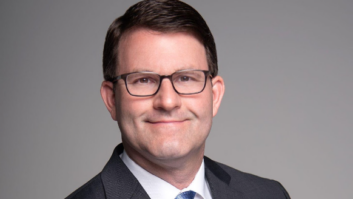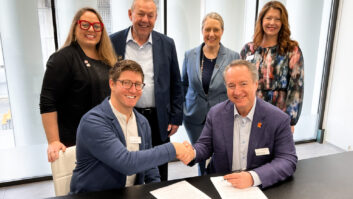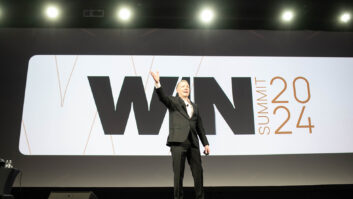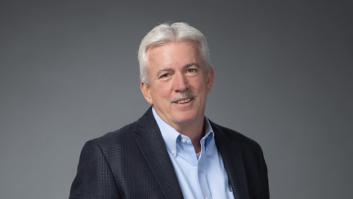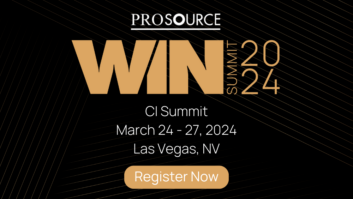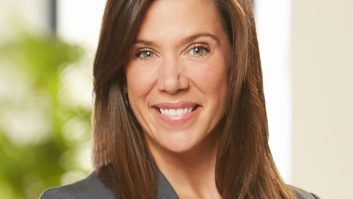Brad Anderson, vice chairman, president and chief operating officer of Best Buy, keynoted the fifth annual Consumer Electronics CEO Summit, sponsored by the Consumer Electronics Association, preaching the gospel that to survive in today’s market both manufacturers and retailers must embrace change.
In an insightful, hopeful and entertaining speech to about 150 executives who attended the meeting, he interweaved historical trends with current market conditions.
Anderson said the status quo between retailers and manufacturers must change, “to win with the consumer” and create “more purchases, more new products and more brands of choice.” Both sides have to “win on the balance sheet with more sales, more profits.”
Reflecting back on the past and how the economy and the CE business changed over the years, Anderson said, “During the ’60s, ’80s and ’90s there was absolute plenty in the U.S. economy, yet leading stores from that time couldn’t make it. That was during a time the CE business was expanding. Of those [chains] that were around then, many of them don’t have the same clout now.”
The same holds true for manufacturers, Anderson said, mentioning several top brands that are still around today, “but don’t have the same power as they did in ’61.”
He said that because of the “significant change” and growth in the economy during the 1960s and beyond, there have been plenty of opportunities. New retailers were created in every category “such as Wal-Mart, Home Depot and Target.”
In the CE vendor ranks during 1961 “Panasonic, Sony, Samsung, H-P and Mitsubishi … were not in the market yet. But now they are.”
When noting that you can’t afford not to change, especially when you are in a leading position, Anderson cracked, “We are number 1 in the TWICE top 100. That’s a good reason to be nervous.”
While 1961 preceded “a time of great change and tranquility, by 2000 there were rampant changes in our industry and the way we speak to consumers.” He added, “There are plenty of ways to communicate now and the speed of information is something that we have to deal with.”
Anderson urged both the manufacturers and the retailers in the audience that during a time of great change and a high speed of information, “We must cross company boundaries and buy into someone else’s vision at times. We must share vision, mission and values.” He noted that such “strategic partnerships are important to consumer loyalty.” There must be “consumer focus by everyone in the supply chain.”
He compared CE manufacturer/ retailer relationships from twenty or thirty years ago and now. “The old paradigm was a one-way relationship and limited risk” for retailers. “There was a group that called themselves ‘The Forty Thieves’ and they were typical of the era, highly manipulative retailers. They would tell suppliers, ‘We want your whole line, but give us a great price on just one item.’ Well, that one item was the one that the manufacturer wanted top margin on.”
As for today, in creating a new paradigm between retailers and suppliers, Anderson urged these points:
- Manufacturers and retailers “must establish strategic relationships,” but some will be “deep relationships, while others will not;”
- Both sides must have a “shared vested interest… and trust each other;”
- There should be a “cultural readiness” between both parties to create relationships;
- Decision-making for these partnerships must be made at a high organizational level;
- Both sides must have the ability to be involved in “complex, multiparty relationships,” which requires extensive resources on both sides.
Anderson also addressed an age-old problem for the consumer electronics industry: margin pressures. “The retailer and vendor must collaborate. Negotiating strategies must be directly linked to the consumer environment,” he said.
On a philosophical note, the Best Buy executive said, “We are all blessed to be in this industry. We can build substantial brands now.” Going forward, the industry should focus on “what we can do for customers now and in the future, and not focus on the past.”




